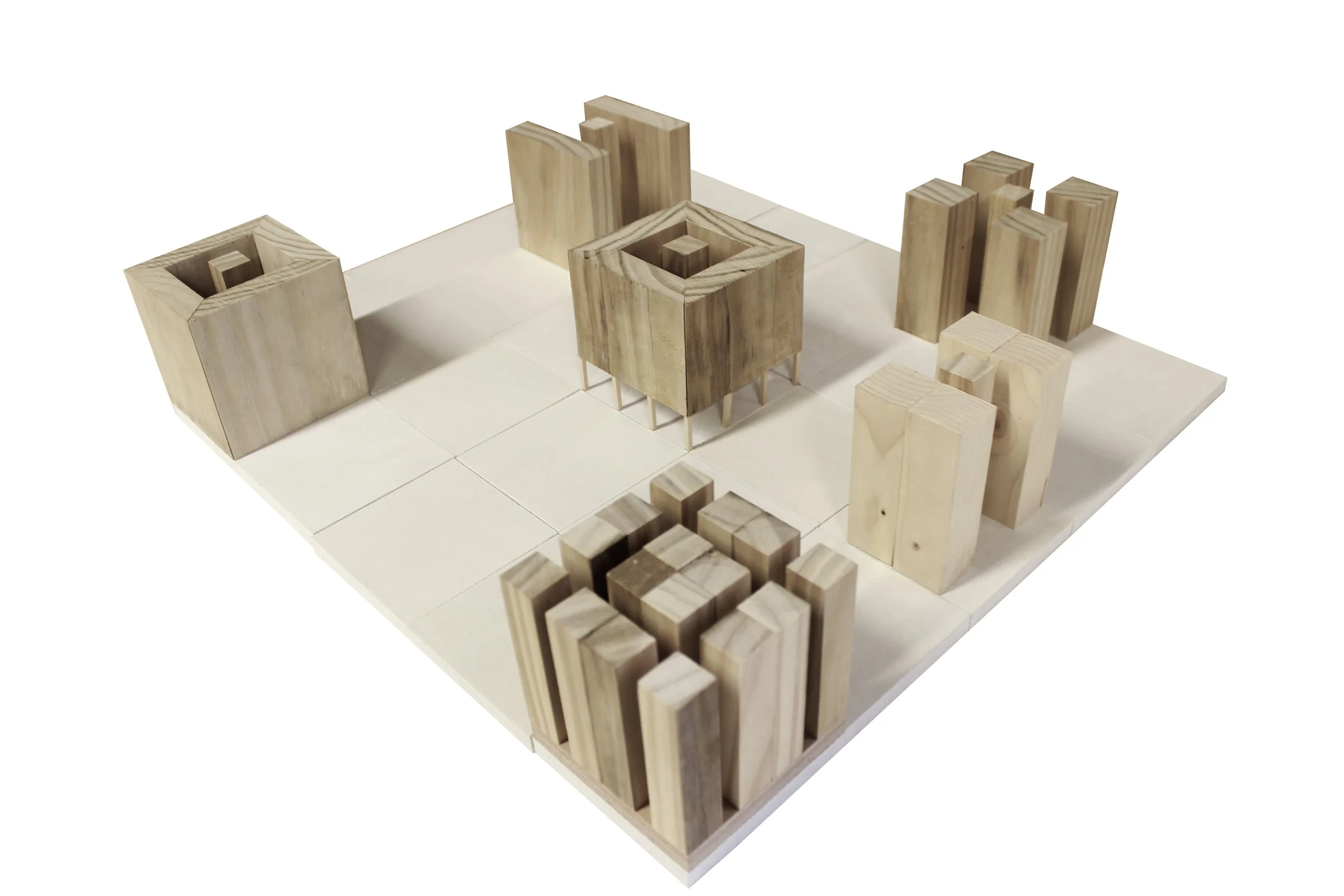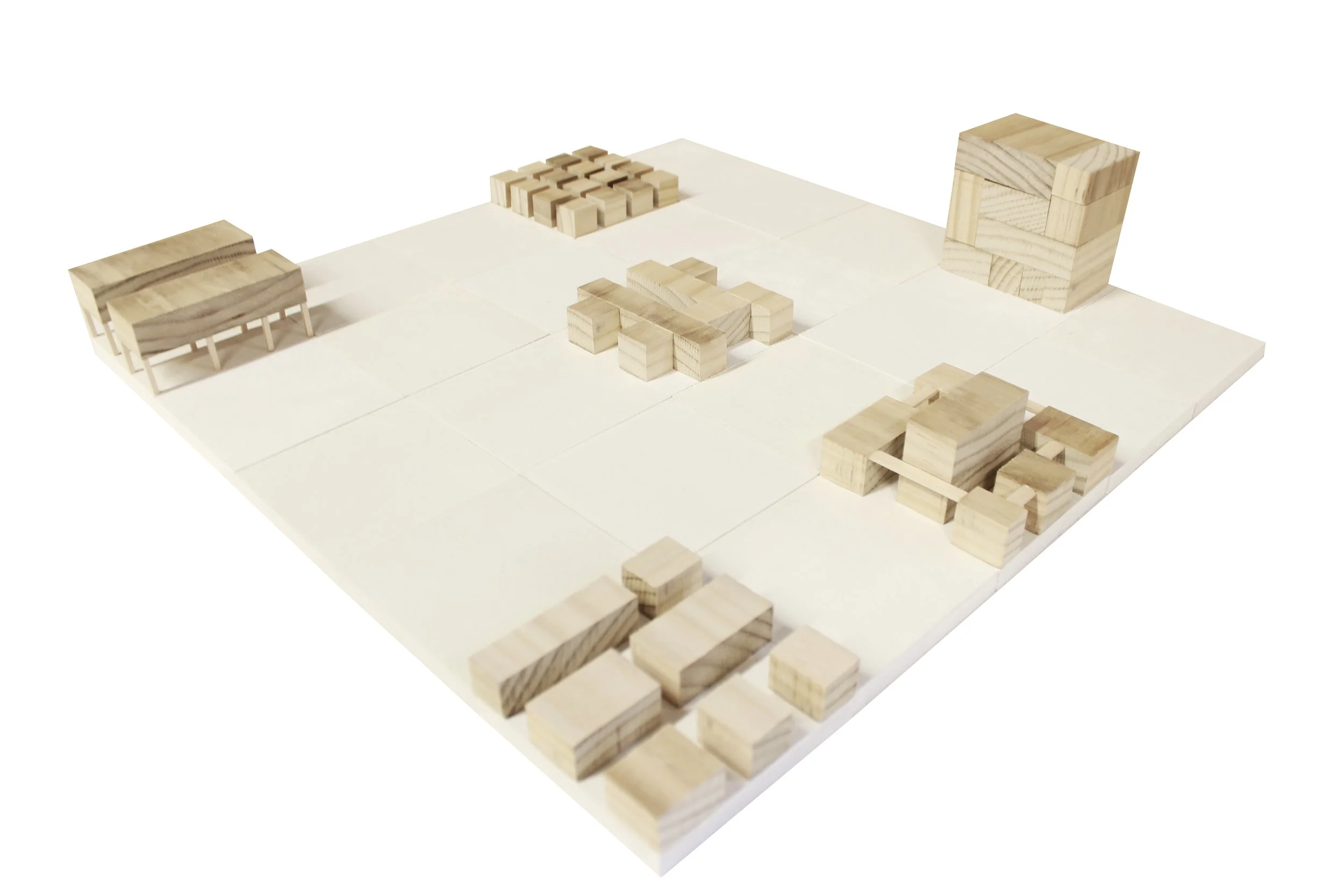INTRODUCTION
The modern built environment is shaped by the pressure to create efficient commercial and residential programs that can keep pace with accelerating cultural shifts and fluctuating patterns of occupancy. These programs are realized either through new construction or by improving existing structures, both of which are driven by the growth of cities and their populations. Yet many buildings, even ones as recent as twenty years old, are often deemed obsolete. What determines this obsolescence? Is it the program, the aesthetics, or their inability to respond to changing needs? Human desires are unpredictable, and the architectural solutions designed to meet them frequently outlive their usefulness long before the physical structure reaches the end of its lifespan.
The effects of this process can be observed everywhere. A quaint coffee shop, once a neighborhood favorite, transforms into a three-story café bustling with urban energy. A modest mid-rise, once a defining feature of its intersection, is replaced by a towering glass office building. Railway tracks expand to accommodate growing suburbs, while the stations adapt to keep up with the increased demand. In every instance, the existing construction is reimagined or replaced, always with an eye on future businesses and users.
Just as jobs like milkmen, lamp lighters, and human computers became obsolete due to new technologies, certain building types—such as post offices or banks—face similar fates. Automation and digitization have rendered some programs increasingly irrelevant. Though it is impossible to predict when a structure or program will become obsolete, how we handle its remains is a matter of deliberate choice. By examining purpose-built structures that lack flexibility, we gain an opportunity to observe, understand, and address their decline before they fully lose relevance.
There are, however, building types that adapt out of necessity. Hospitals evolve with advancements in technology and care, schools remodel to equip students with future-facing skills, and museums reconfigure to house new exhibits or meet modern curatorial demands. These examples show how programs requiring constant interaction and care tend to persist. Their physical forms continue to adapt, maintaining their relevance in response to the changing needs of their users. Conversely, some structures and programs fall into disuse, transform radically, or even shift into virtual realms, highlighting the urgency of addressing architectural obsolescence.
The process of obsolescence stems from the Latin term "obsolēscere," meaning "to fall into disuse." Understanding this phenomenon involves examining its causes, impacts, and potential for reinvention. Deliberately allowing a program to become obsolete opens the door to speculative design strategies, where new purposes and viability are imagined and explored. This research focuses on shopping centers as a central typology, investigating their role in post-industrial urban environments shaped by mass production and automation. It proposes a framework for post-obsolescence, envisioning shopping centers as enclosed, flexible urban villages integrated within growing city grids. In this model, the community takes an active role in shaping and maintaining the spaces, sustaining them through personal businesses, public engagement, environmental initiatives, and social interaction.
Flexibility and social input form the backbone of this exploration, which seeks to extend the lifespan of buildings before they face irrelevance again. By simultaneously considering scenarios where shopping centers completely lose their function, this research reveals the potential extremes of obsolescence. These investigations underscore the need for architecture that evolves alongside its users, balancing adaptability with purpose to remain a vital part of the urban experience.


